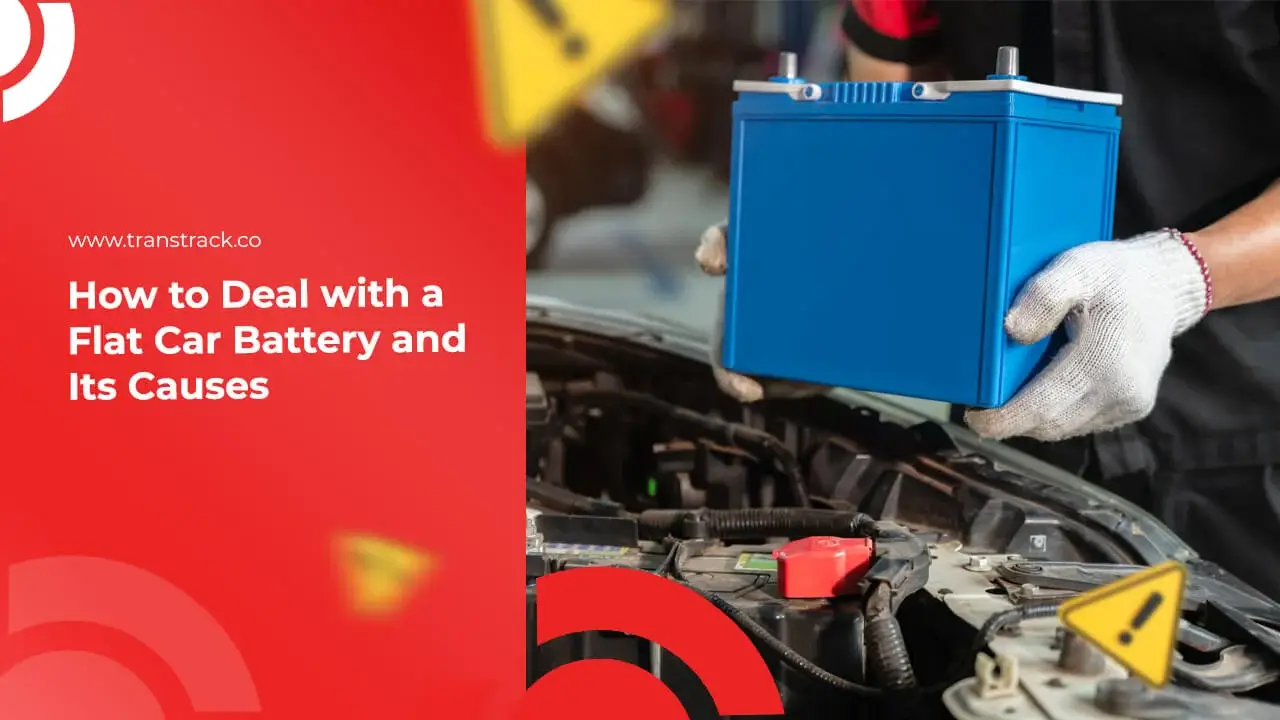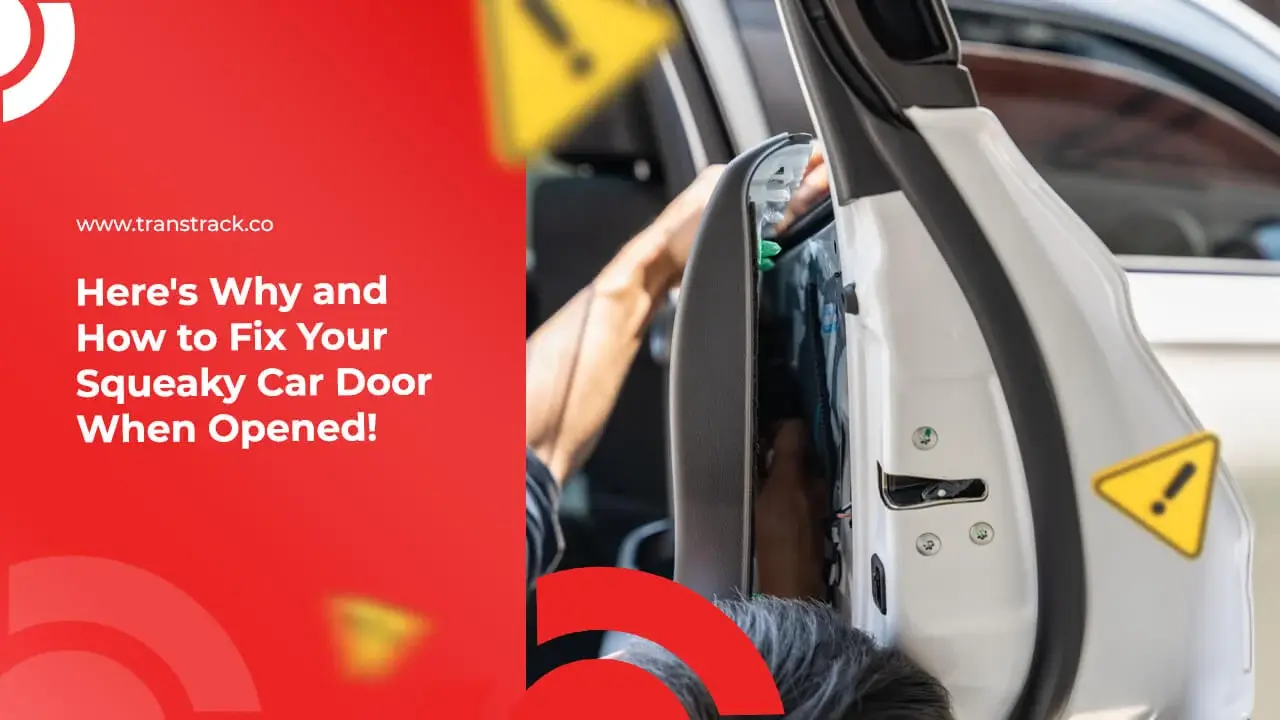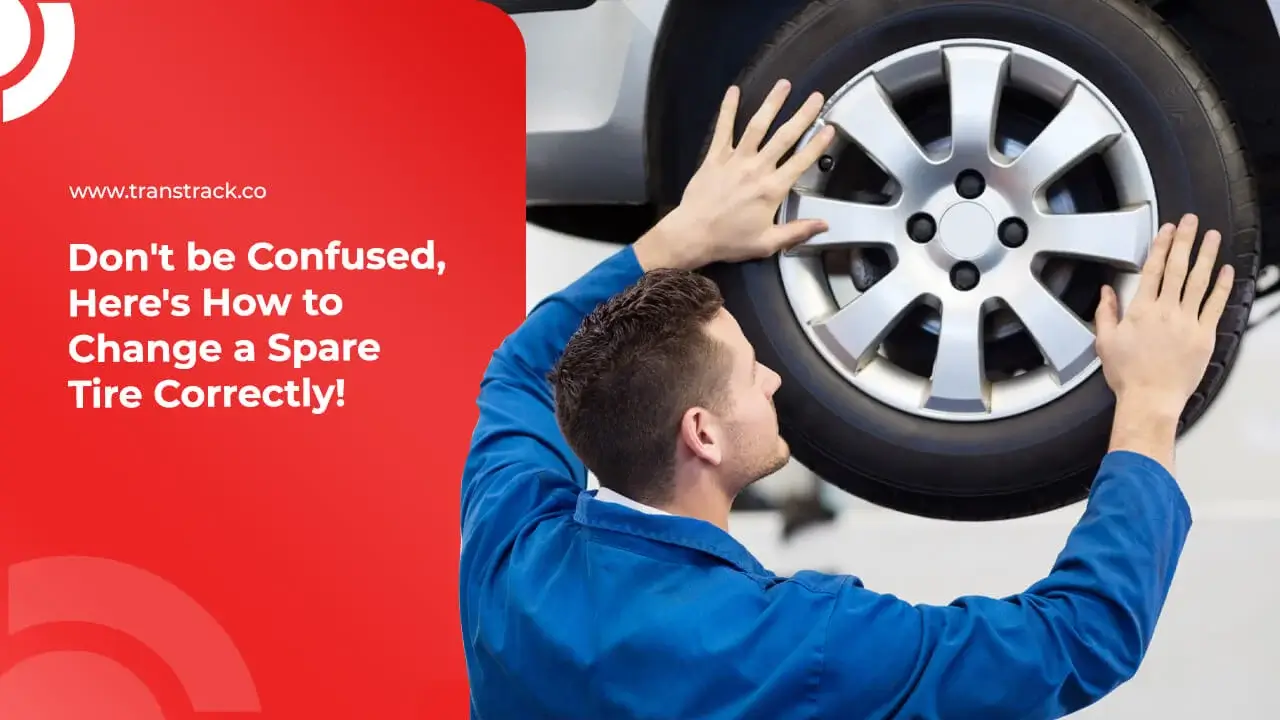How to Deal with a Flat Car Battery and Its Causes

A flat car battery can be an annoying problem, especially when you least expect it. When your vehicle refuses to start and your daily activities are hampered, it’s time to find a solution. While it may sound daunting, dealing with a flat battery can actually be easier than you might think. With a few simple steps and a basic understanding of the car’s electrical system, you can quickly get back on the road without having to face excessive hassle or costly fees.
In this article TransTRACK, we will discuss some practical steps to deal with a flat car battery. From initial checks to do-it-yourself repair measures, you’ll get a clear guide to restoring your car battery in optimal condition. So, let’s get down to understanding the causes of a flat car battery and the steps that can be taken to deal with it effectively.
How to deal with a flat car battery
To fix a dead car battery, the following steps can help:
Perform a Battery Jumper
A battery jumper is the process of connecting a failing car battery to another car battery or external power source using jumper cables to provide additional power. This can help start a car with a weakened or bad battery. Be sure to follow the proper instructions when performing this procedure and pay attention to the polarity so as not to damage the car’s electrical system.
Checking the Battery Regularly
It is important to regularly check the condition of the car battery, including the battery water level (if the battery is a wet type), signs of corrosion on the terminals, and the battery voltage. These checks can help detect problems early on and prevent the battery from going bad.
Always Warm Up the Car
Warming up the car regularly, especially in cold weather, can help keep the battery performing well. When the engine is warmed up, the battery will produce more stable electricity, which in turn can reduce the chances of the battery going flat.
Avoid Excessive Car Accessories
Avoiding the use of excessive car accessories can help reduce the load on the car’s electrical system. Too many additional accessories can cause the battery to work harder and drain faster, which can eventually lead to a flat battery.
By following these steps, you can help solve the problem of a flat car battery and prevent similar issues from occurring in the future. However, if the battery continues to experience problems, it may be necessary to consider replacing the battery with a new one.
Causes of a flat car battery
The causes of a car battery going bad can vary, and here are some possible causes:
Filling the battery with the wrong amount of water
If the battery is a wet type, filling the battery with the wrong amount of water or using impure water can cause the battery to seize up. This can disrupt the chemical balance in the battery and reduce its performance.
Battery Cable Interference
Worn, loose, or disconnected battery cables can disrupt the flow of electricity from the battery to the car’s systems. This can overload the battery and eventually cause it to fail.
The Wrong Battery Water Filling Always Repeats
If filling the battery water is done irregularly or not according to the manufacturer’s recommended instructions, it can cause changes in the battery chemistry and eventually cause the battery to go bad repeatedly.
Old or Damaged Battery
A battery that has reached its end of life or has internal damage, such as oxidized or corroded battery plates, can cause the battery to fail. The old age of the battery can make it difficult for it to maintain a good electrical charge.
Identifying the specific cause of the battery going bad is important to take appropriate remedial measures. If the battery has reached the end of its service life or has deteriorated, it may be worth considering replacing it with a new battery.
Signs of a bad car battery
Signs that a car battery is becoming worn out or weakened include:
Engine Doesn’t Start
When trying to start the engine, if the engine doesn’t rev or only revs slowly, it could be a sign that the car battery is weak or flat. This is because the battery cannot provide enough power to start the engine.
Weak Horn Sound
If the car horn sounds weaker than usual or sounds slurred, it could also be a sign that the car battery is weakening. The horn needs enough voltage to function properly.
Dim Car Lights
When the lights on a car look dim, especially when trying to turn on the headlights or brake lights, it could indicate that the car battery has a problem. A weakened battery cannot provide enough voltage to properly illuminate the lights.
Weak Voltage Performance
Checking the voltage when the car is off or on can give an indication of whether the car battery is in good condition or not. If the voltage drops significantly when the engine is started, or does not reach an adequate level, it could indicate that the battery has a problem.
If you experience one or more of the above signs, it is important to check the condition of the car battery immediately. Check the condition of the battery terminals, voltage, and make sure the battery is properly charged. If the problem persists, consult a skilled auto technician for further diagnosis and repair.
To maintain your car’s optimal performance and prevent unwanted car battery problems, it is important to perform regular maintenance. By using TransTRACK’s Vehicle Maintenance System, you can easily keep track of your maintenance schedule, including battery maintenance and other routine checks. Don’t let a bad car battery interrupt your journey. Get full control over your car maintenance with TransTRACK today. Visit our website for more information.
Topic





